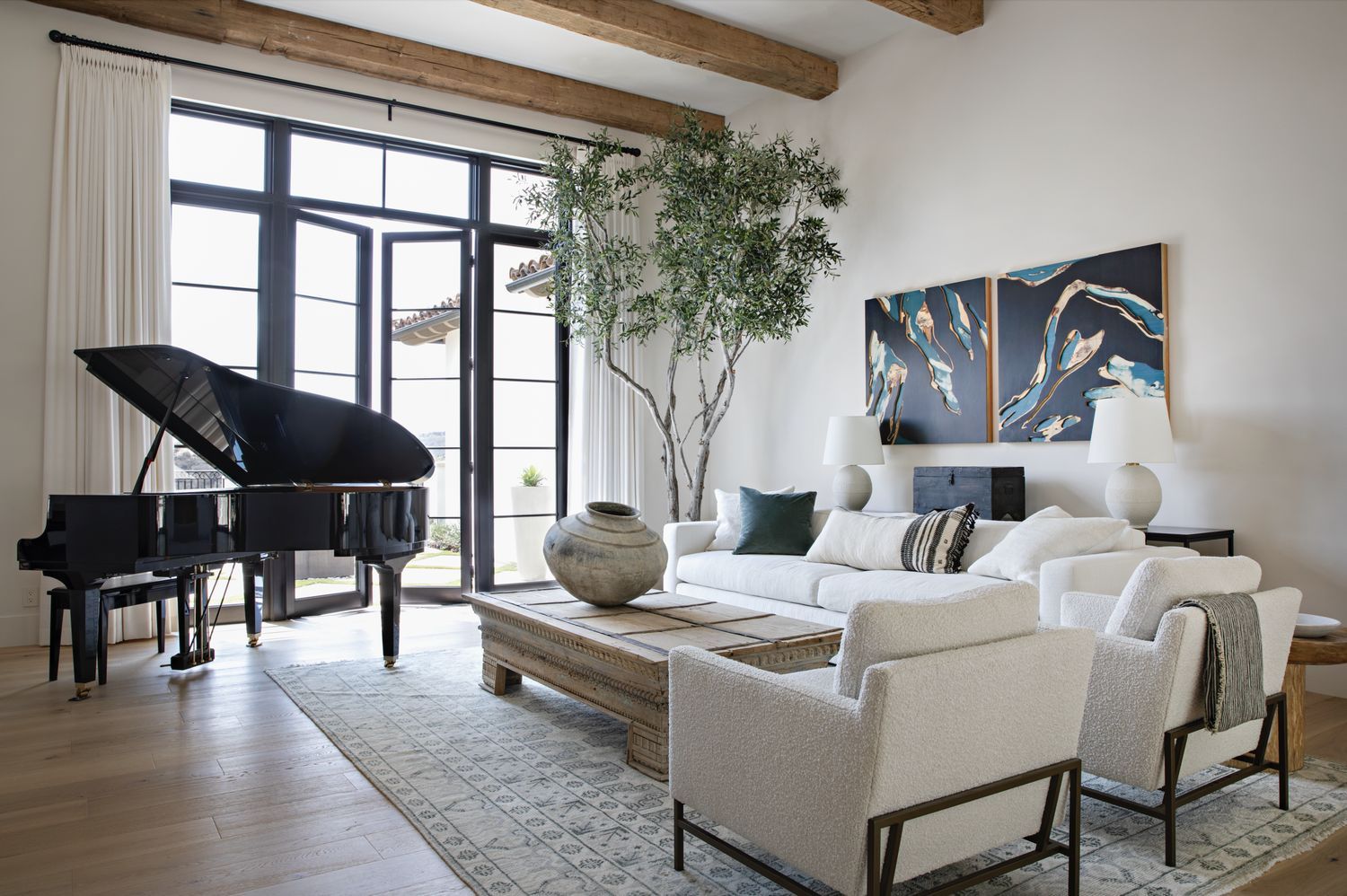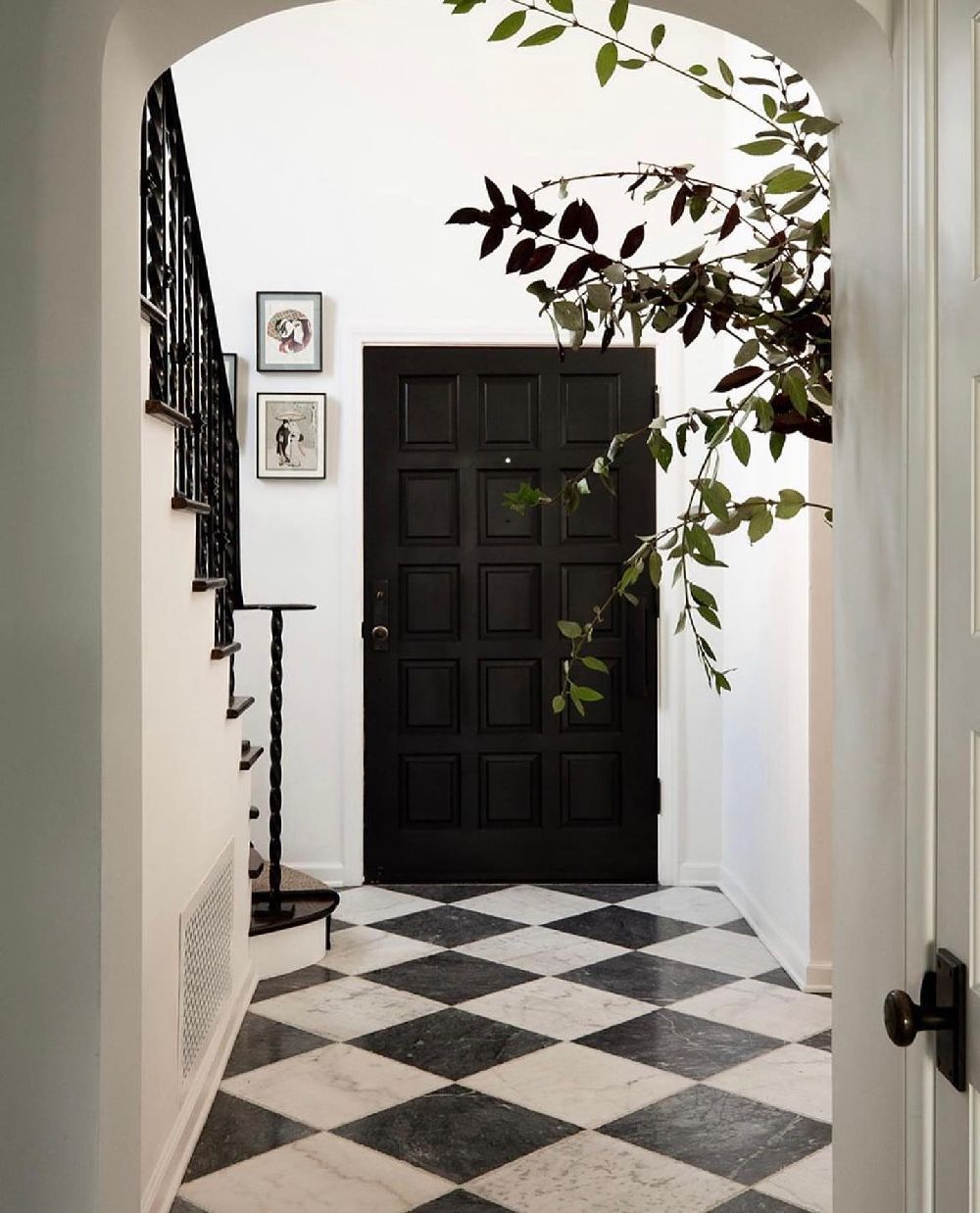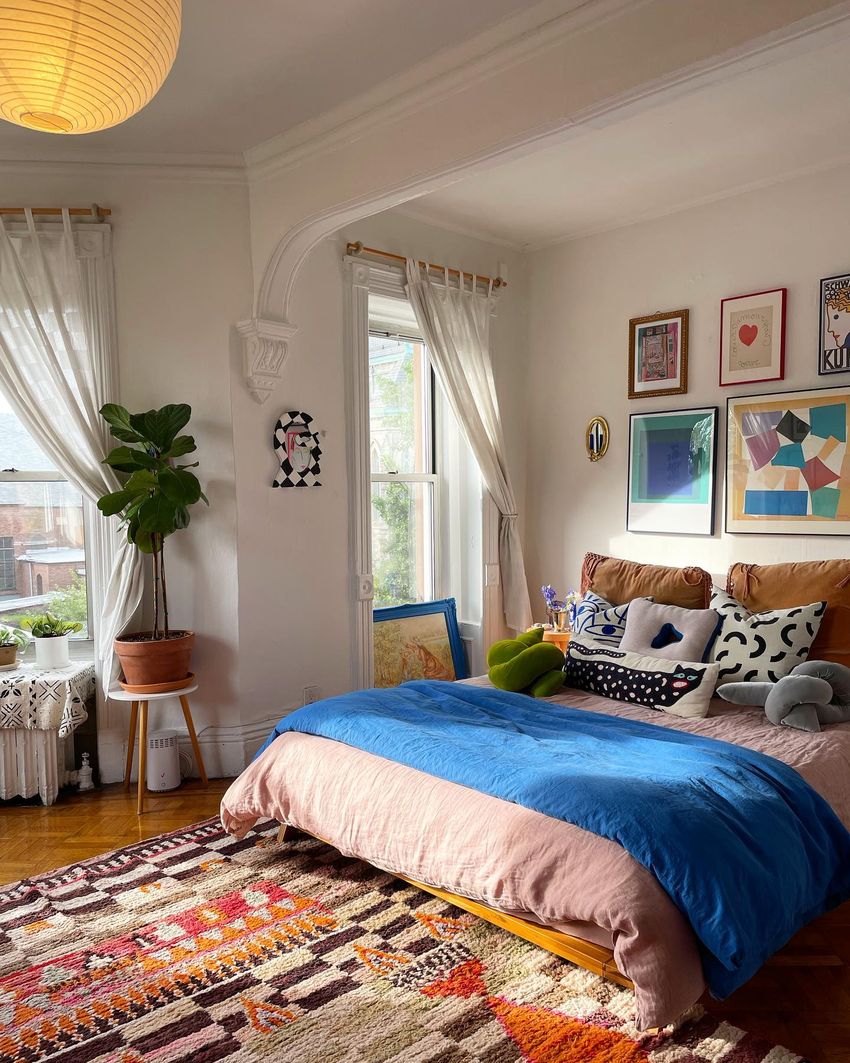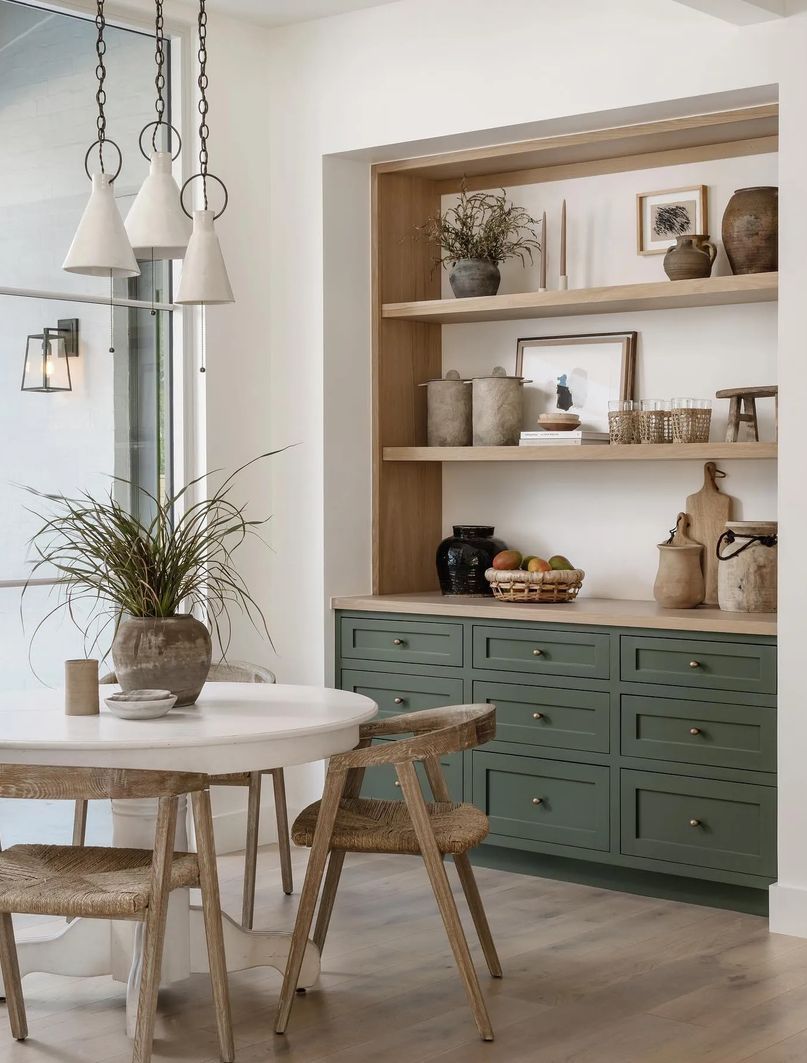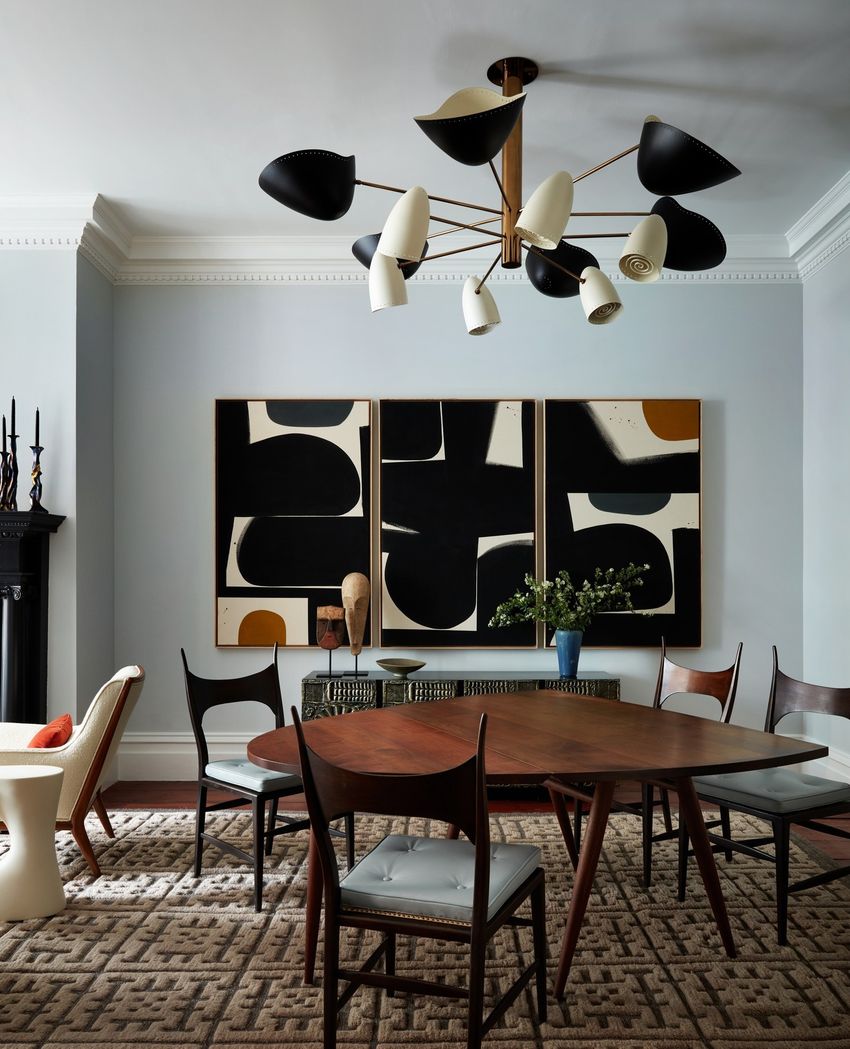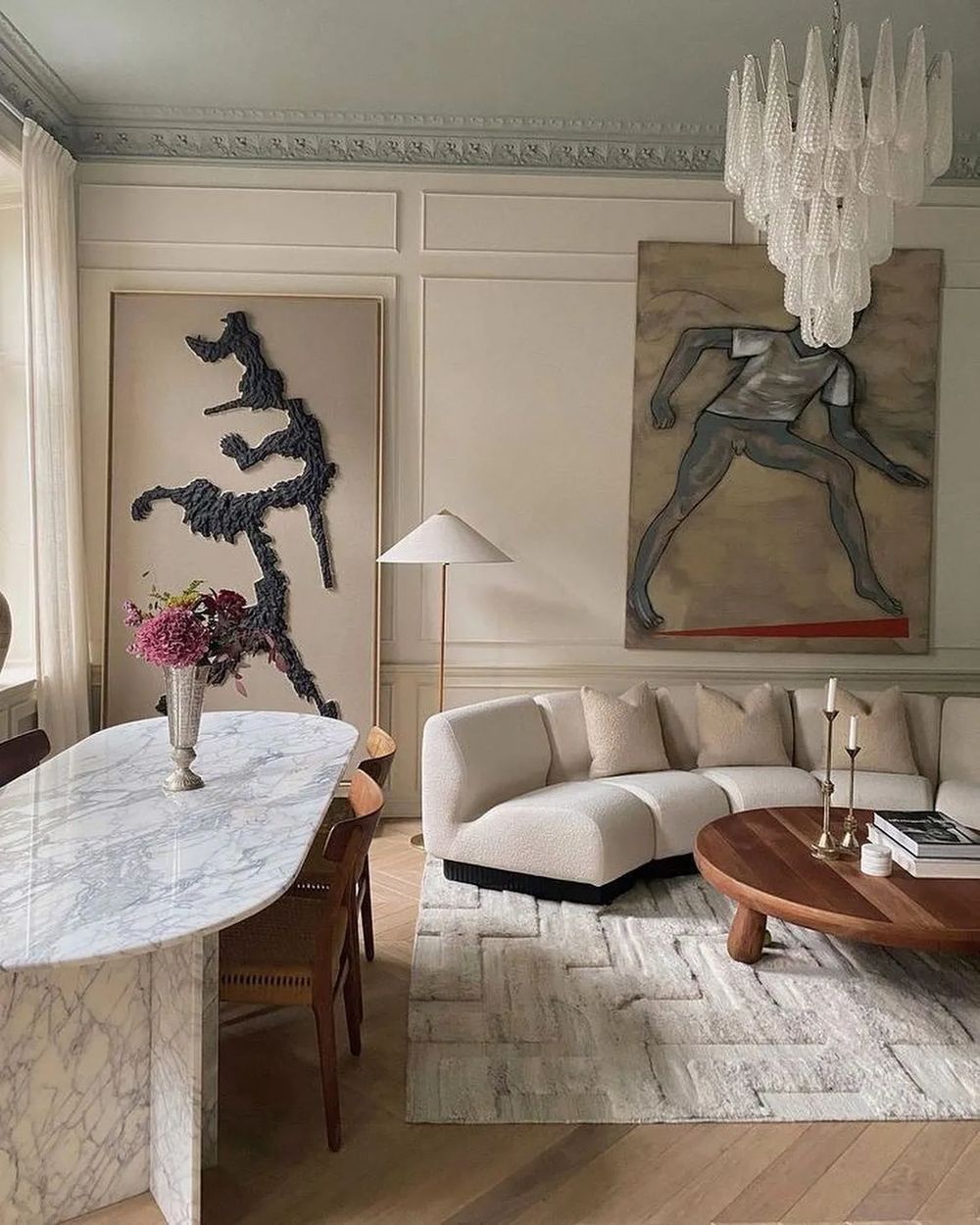The interior design aspect of piano placement is intricate—it’s an artful endeavor that combines the elegance of music with the aesthetics of interior design. A piano, with its enchanting melodies and timeless allure, can effortlessly elevate the ambiance of any space. How do you balance the acoustics of a piano with the comfort of a livable home?
Whether you’re a seasoned musician or an admirer of this majestic instrument, finding the perfect spot for your piano is essential for striking a balance between functionality and visual harmony. Join us as we unravel the secrets of piano placement, exploring practical tips and inspiring ideas to help you create a symphony of style and sound within your home. Let the melodies begin!
What to Consider About Piano Placement
The placement of a piano in a home can depend on various factors, including the available space, the acoustics of the room, and personal preference. Here are a few considerations to keep in mind when deciding where to place a piano.
Room size and layout
Choose a room that has enough space to accommodate the piano comfortably. Consider the dimensions of the piano and leave enough room for the player to move around it comfortably. It’s also important to ensure that the piano will fit through doorways and hallways during delivery.
Acoustics
Pianos can produce rich and resonant sounds, so it’s worth considering the acoustic properties of the room. Rooms with hardwood floors, high ceilings, and minimal echo tend to enhance the piano’s sound. If possible, you may want to avoid placing the piano in rooms with excessive dampness, as it can affect the instrument’s condition.
Temperature and humidity
Pianos are sensitive to fluctuations in temperature and humidity, so it’s best to avoid placing them near sources of heat, such as radiators, fireplaces, or direct sunlight. Extreme temperature changes can damage the piano’s wooden components and affect its tuning stability. Additionally, rooms with consistent humidity levels are ideal for preserving the piano’s condition.
Interior design and aesthetics
Consider the overall aesthetics and interior design of your home. A piano can serve as a centerpiece or focal point in a room, so choose a location that complements the decor and aligns with your visual preferences.
Noise considerations
Pianos can be quite loud, especially when played vigorously. If you live in an apartment or have close neighbors, you might want to place the piano in a room that is buffered from shared walls or consider using soundproofing materials to minimize the sound transmission.
Accessibility and usage
If the piano is regularly played, it’s convenient to place it in a room where it can be easily accessed and enjoyed. Consider the proximity to other living areas or areas where family members typically gather.
Best Place to Put a Piano
Where is the best place to put a piano in a house? The best place to put a piano in a house depends on various factors that consider both the preservation of the instrument and its integration into the home’s layout. Accessibility is also essential, so placing the piano in a central location where it can be enjoyed but not obstruct daily activities is key.
How to Position a Piano in a Living Room
Where is the best place to put a piano in the living room? Position it in a location that complements the furniture, without obstructing walking paths. A grand piano might be placed against a prominent wall or near a window (avoiding direct sunlight), while an upright piano may fit nicely in a corner.
you’ll want the piano in a spot where the sound can resonate freely without being too overpowering. Avoid placing the piano near thick curtains or excessive soft furnishings that might dampen the sound.
Consider the comfort of the person playing the piano. Make sure there is enough space for the pianist to sit comfortably, and ensure that lighting is sufficient for reading music.
Where to Face a Piano in a Room
Which way should a piano face in a room? The orientation of a piano in a room doesn’t follow a strict rule but depends on the type of piano and the room’s characteristics. Here’s how you might consider the direction a piano should face:
Upright
With an upright piano, the back typically faces the wall. The sound emanates from the back, so if the room’s acoustics allow, positioning the back against a hard surface can help project the sound forward into the room. You might also experiment with pulling it slightly away from the wall or angling it to optimize the sound.
Grand
For grand pianos, the open lid directs the sound. If you’re placing the piano for casual playing and room aesthetics, it might be best to have the lid’s open side facing the center of the room to distribute sound evenly. However, if the placement is for a performer and audience setup, the open side of the lid may face the audience to direct the sound toward them.
Window
If the piano is near a window, avoid having the keyboard side facing it directly, especially if there’s strong sunlight, as this can lead to glare on the keys and potential damage over time.
Player’s View
Consider what the pianist will look at while playing. If there’s a particularly pleasing view or artwork, you might position the piano so that it faces that direction, enhancing the playing experience.
Social Arrangement
In a social setting, you may want to orient the piano so that the player faces the guests, fostering a more interactive and engaging environment.
Baby Grand Piano Placement
A baby grand piano needs ample space not just for the instrument itself, but also for the bench and the pianist. Make sure there’s enough room to open the lid and for the player to move comfortably. A room that is at least twice the length of the piano is often recommended.
Place the piano where it complements the room’s décor and doesn’t obstruct pathways. It can be a beautiful focal point, so think about what will be visually appealing.
The open side of the lid directs the sound, so consider positioning it facing the center of the room for casual playing, or towards an audience if you’ll be hosting performances. Experiment with the piano’s distance from walls and corners, as it can affect the resonance and sound distribution.
If the piano will be used in social gatherings, consider arranging it so the pianist can face guests or easily engage with others in the room.
If the piano is on a hard surface, it might amplify the sound. Conversely, thick carpets might muffle it. You may want to consider placing a rug under the piano if it’s on a very hard floor to moderate the sound level.
Make sure there is enough space around the piano for tuning and other maintenance activities.
Piano Placement Feng Shui
Feng Shui, the ancient Chinese practice of harmonizing the environment, offers specific guidelines for placing objects, including pianos.
Ideally, place the piano against a solid wall, as it symbolizes support. If the piano is a grand or baby grand, the open side of the lid should ideally face into the room, allowing the energy and sound to flow freely.
Ensure that the piano does not obstruct walking paths and that there’s space for the energy to move around it.
Consider balancing the piano’s wood element with other Feng Shui elements like metal (a metal vase or sculpture nearby) and earth (potted plants). This balance creates a harmonious flow of energy.
Keep the piano away from direct alignment with doors, bathrooms, or stairs, as these can be seen as conduits for negative energy.
In Feng Shui, stagnant energy can be detrimental, so regular use and proper maintenance of the piano are essential.
Above all, consider how the placement makes you feel. The piano should be in a position that fosters creativity, joy, and harmony within the space.
Experiment with different locations within your home to find the best spot that suits your needs and maximizes the piano’s potential.
